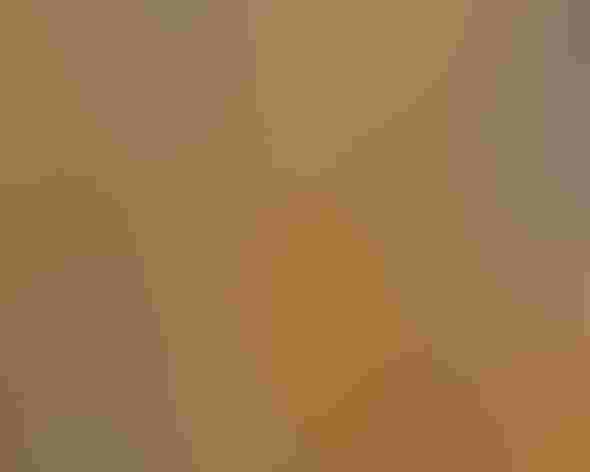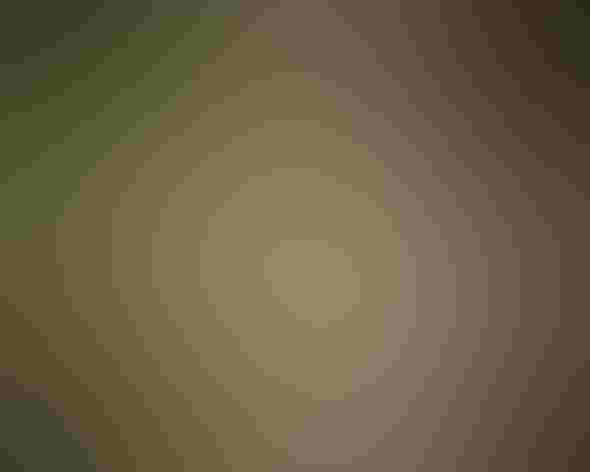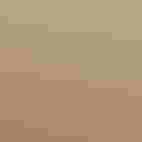Hooded Oriole
At a Glance
In the hot lowlands of the Southwest, this slim oriole is often common in the trees along streams and in suburbs. It is especially likely to be seen around palms, frequently attaching its hanging nest to the underside of a palm frond. In yards and gardens it often visits hummingbird feeders to drink the sugar-water. The jumbled, musical song of the male sometimes includes imitations of other birds.
All bird guide text and rangemaps adapted from Lives of North American Birds by Kenn Kaufman© 1996, used by permission of Houghton Mifflin Harcourt Publishing Company. All rights reserved.
Category
Blackbirds and Orioles, Perching Birds
IUCN Status
Least Concern
Habitat
Arroyos and Canyons, Desert and Arid Habitats, Forests and Woodlands, Shrublands, Savannas, and Thickets, Urban and Suburban Habitats
Region
California, Northwest, Southwest, Texas
Behavior
Direct Flight
Population
1.700.000
Range & Identification
Migration & Range Maps
Most in our area are migratory, but a few remain through winter, especially where sugar-water feeders are provided. An early migrant in both spring and fall, with many arriving in March and departing in August.
Description
7-7 3/4" (18-20 cm). Adult male has orange hood, black throat and back, white shoulder. In winter, back looks barred with buff. Female known by overall yellow-green look and thin, slightly curved bill.
Size
About the size of a Sparrow, About the size of a Robin
Color
Black, Green, Orange, White, Yellow
Wing Shape
Rounded
Tail Shape
Rounded, Wedge-shaped
Songs and Calls
Series of whistles, chatters, and warbles.
Call Pattern
Falling, Rising
Call Type
Chatter, Chirp/Chip
Habitat
Open woods, shade trees, palms. Breeds in groves of trees (such as cottonwood, walnut, sycamore) along streams and in canyons, and in open woods in lowlands. Often common in suburbs and city parks. Especially favors palm trees, and will nest in isolated groups of palms even in cities.
Sign up for Audubon's newsletter to learn more about birds like the Hooded Oriole
Behavior
Eggs
4, sometimes 3-5. Whitish, irregularly blotched with brown, lavender, and gray. Incubation is by female, about 12-14 days. Bronzed Cowbirds very frequently lay eggs in nests of this species.
Young
Fed by both parents. Leave nest about 14 days after hatching. 2 broods per year, sometimes 3.
Feeding Behavior
Forages rather slowly and deliberately in trees and large shrubs, gleaning insects from among foliage or feeding on berries. Regularly probes in flowers for nectar and probably takes insects there as well. A common visitor to hummingbird feeders.
Diet
Includes insects, berries, nectar. Feeds on a variety of insects. May especially favor caterpillars, also eats beetles, wasps, ants, and many others. Feeds on many wild berries, and sometimes on cultivated fruit. Takes nectar from flowers, and will come to feeders to drink sugar-water.
Nesting
In courtship, male moves around female, posturing with deep bows and then pointing bill straight up while singing softly. Female may respond with similar posturing. Nest: Often placed in palm or large yucca, sewn to underside of large overhanging leaf; usually 10-50' above ground, but can be lower. Sometimes placed under banana leaf, in clump of mistletoe or Spanish moss, or suspended from branch of deciduous tree. Nest is a woven hanging pouch of grass and plant fibers, lined with plant down, hair, feathers. Female builds nest, but male may help bring material.
Conservation
Conservation Status
Declined sharply in southern Texas in recent decades, perhaps owing to cowbird parasitism. May be making a slight comeback in that area. Still fairly common farther west.
Climate Threats Facing the Hooded Oriole
Choose a temperature scenario below to see which threats will affect this species as warming increases. The same climate change-driven threats that put birds at risk will affect other wildlife and people, too.






